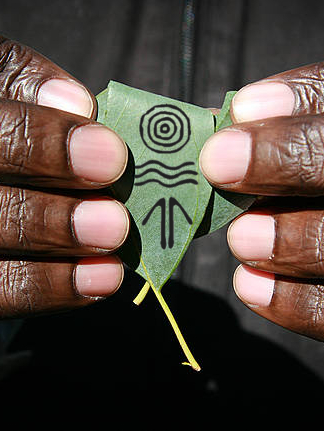Direct method may not be best for all regions
 $22 million will be used to spread the Direct Instruction method of teaching in remote areas of Queensland, Northern Territory and Western Australia.
$22 million will be used to spread the Direct Instruction method of teaching in remote areas of Queensland, Northern Territory and Western Australia.
The funds will be given to Indigenous academic, and land rights activist Noel Pearson's organisation, Good to Great Schools Australia, to undertake the expansion into the regions.
But the method should not be applied universally and is not always effective, according to some authorities.
The Direct Instruction (DI) method uses tightly scripted, phonics-based lessons. Grades are not defined by age, but by results, so students remain at a given level for as long as it takes to progress to the next.
Instruction is centred on five core literacy skills, taught through repeated demonstration and practice.
The technique has had considerable success in Indigenous communities at Aurukun in far north Queensland, but the president of the Queensland Teachers Union says result are not guaranteed.
“The main driver of good educational outcomes is allowing the teacher to make the choice about what’s best for students,” he told News Corp media outlet The Australian.
“If you look at the international research, then the countries where teachers have that ability to tailor their classes are the ones with the best outcomes.
“Finland, where the teachers have autonomy over areas such as pedagogy and curriculum, is a good example.
“Direct Instruction has many virtues, but the notion that every school should be teaching the same thing at the same time is a retrograde step for education.”
The Australian Education Union says improved attendance cannot be separated from the quality of instruction, when trying to boost student results.
Northern Territory Education Minister Peter Chandler said the territory had already been planning its roll-out of the method when the funding announcement was made this week.








 Print
Print